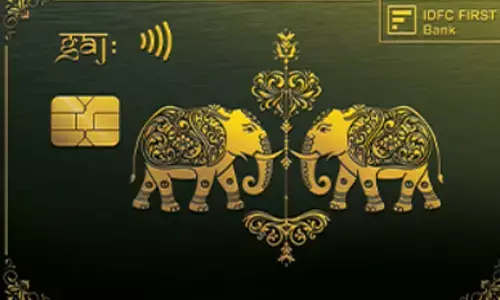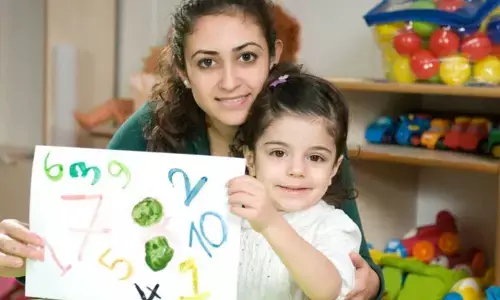Generative AI Is Opening Many Doors in Ad World

With the launch of OpenAI’s ChatGPT, advertising and marketing professionals have been praising the tool’s ability to produce various types of content—from copywriting to videos, including music
Generative AI has been available for quite some time now, but Open AI’s ChatGPT has captured our attention, because, till now, similar AI tools, such as Microsoft’s Bing, have failed to come anywhere close to what ChatGPT can do.
ChatGPT may have sparked our interest with its ability to create novel content, but the benefits of generative AI for advertising and marketing will be derived from back-end data analytics. Today, consumers demand personalized, 24x7 customer experience from brands. They look for quality experience even before deciding on what product to buy. Thus, to employ a customer-centric move, brands must understand and analyze consumer behaviour—the key to personalized and significant experience—leading to a rise in conversion rates, customer retention and brand loyalty.
In an interview with Idrees, Founder, Changing Tree has defined that, how Generative AI is opening many doors in Ad world. Agencies that offer self-crafted, human-only services and the ‘infinite-solutions agency’ that relies solely on AI tools will always be in demand. But the hybrid venture that offers services combining human talent and its innate creativity with the power of AI technology will likely be the dominant model in future. Advertising companies are using generative AI to produce content more economically with an eye to adopting smoother workflows.
Adapting to All-New AI
Currently, the market is growing with new tools coming out in the market every day. But, as good as these new one-off tools are, online ad and marketing firms are focusing on embedding these capabilities directly into versions of the tools already in use so that the working style does not undergo a 360° transformation.
The key advantages of generative AI at the moment are less turnaround time and cost-effectiveness. Maximizing RoI is significant for advertisers and these tools can automate most time-consuming jobs and offer new opportunities that provide value.
Less Turnaround Time
Digital ad agencies have started realizing that generative AI has the capacity to significantly transform the industry. From generating SEO blogs, where we are able to churn out more content for our brands in a month, along with SEO optimization—which earlier used to take much longer—take just moments to create now with AI-powered tools. And that’s just the tip of the iceberg!
Nowadays, these ad firms are trying out generative AI tools that can turn text-based prompts into images to create attractive visuals to accompany social media ads. AI tools also allow brands to access and disseminate information quickly and respond immediately to meet customer requirements. This ability to act quickly delivers the customer instant satisfaction and becomes an efficient technique for gaining compatible returns on investment (RoI).
Tailoring Satisfaction
Brands, by using AI to understand and predict customer behaviour and preferences, are taking customer engagement to the next level. Generative AI tools give them the power to build customized messaging and visuals in creating and fine-tuning advertising campaigns. AI can assist in the creation of relevant and engaging content tailored to a specific audience, predict customer behaviour and anticipate their needs, allowing brands to tailor their marketing efforts accordingly.
AI tools can act on historical data points to generate up-to-date recommendations. Deep learning algorithms ingest customer data, such as affinities and behaviour, to define recommendations. Moreover, these algorithms will tell marketers what content to send, the best time to choose for this and the channel to disseminate the messages to each customer.
As technology becomes more sophisticated, more AI-driven interactions and omni-channel campaigns will occur. As a result, brands can leverage AI to stay ahead of their customers’ decisions at multiple touch points, improving overall experience. Over time, generative AI chatbots should have the ability to respond to changing customer expectations and provide customized experiences cost-effectively. So, while ChatGPT may create a brand campaign, it is up to marketers to use generative AI tools to deliver on its promises.
Conclusion
Generative AI holds a future other than simply technological advancement. It is also about creating an innovative and efficient world for the ad industry. It is obvious that Generative AI is here to stay and is making a significant impact on the way we perceive human creativity. Companies are already exploring, and applying, this emerging technology to drive productivity and creativity. But we should not forget that the technology is still at a nascent stage. We should think deeply—both within the organization and society at largely—about the role that Generative AI can play in creative processes.














